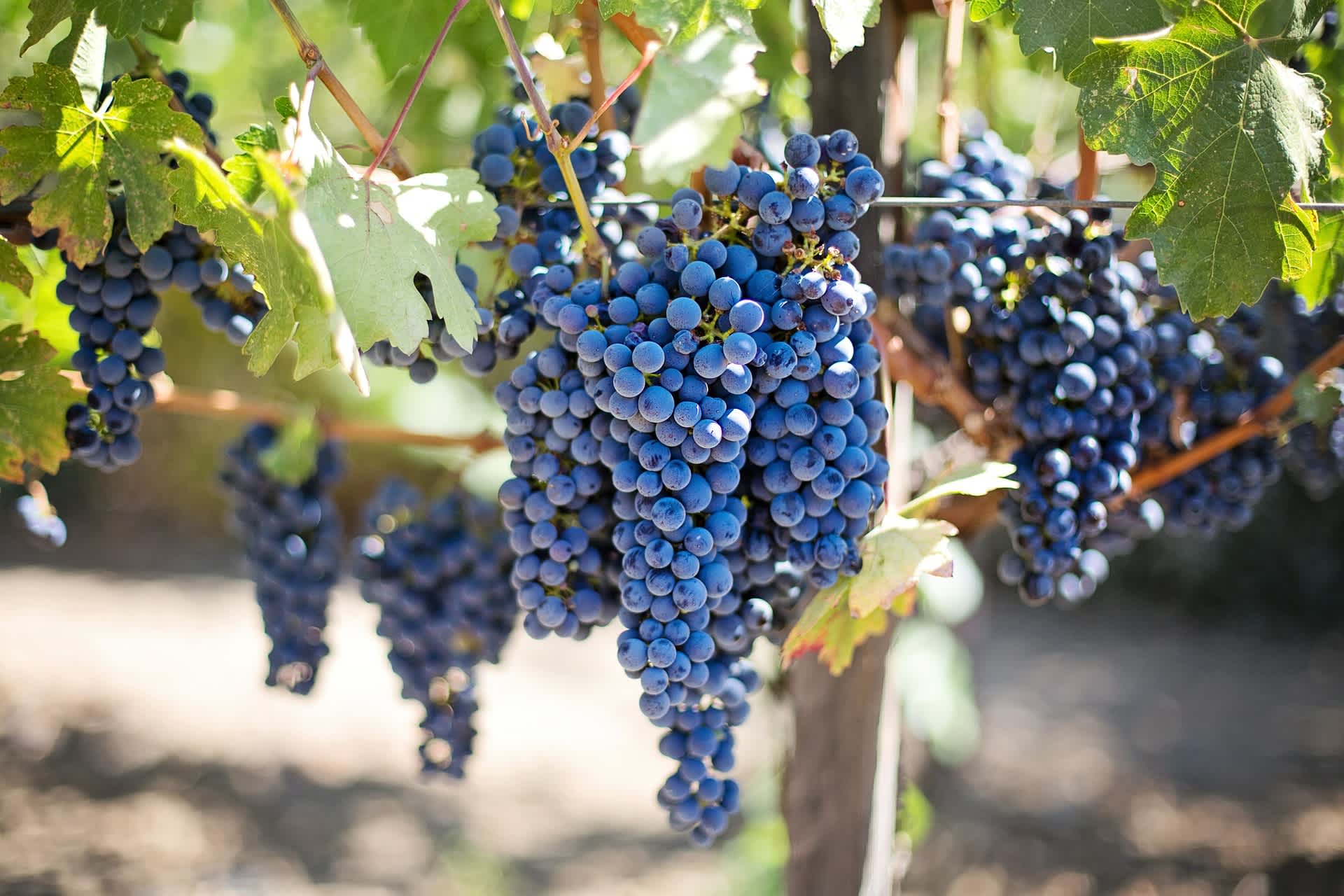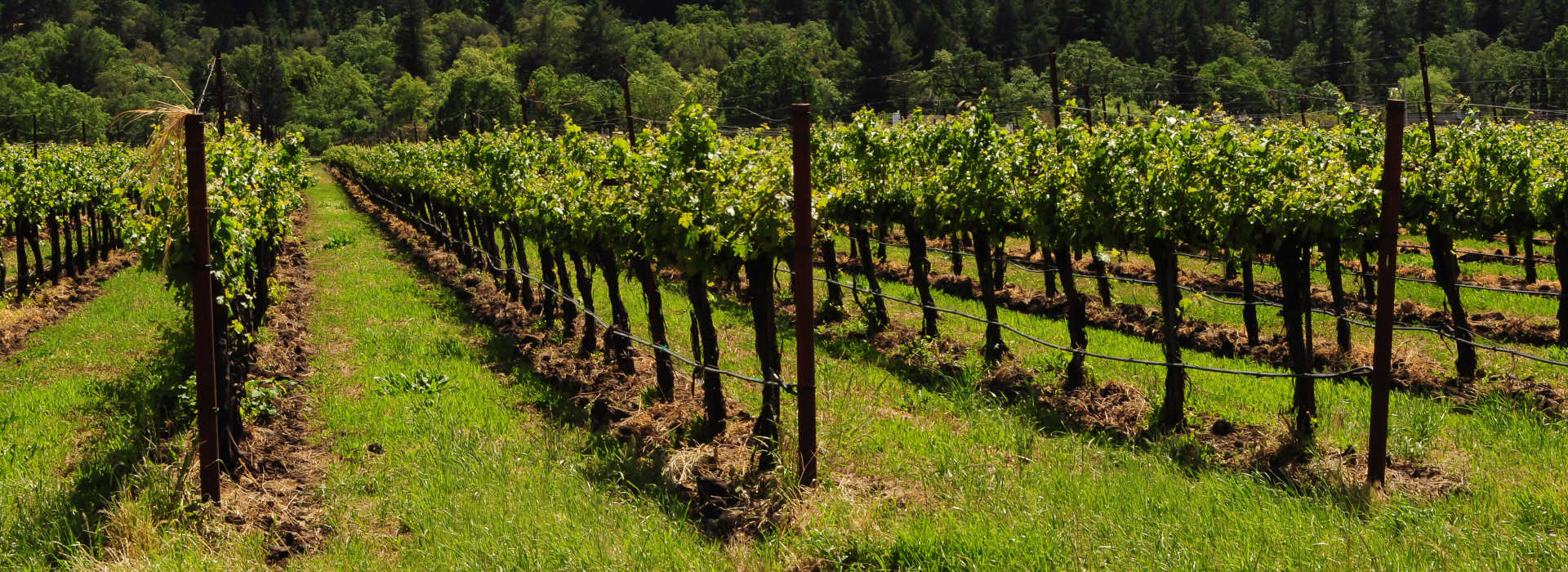Domaine D'Ansignan Les Grenadines 2022
-
Jeb
Dunnuck



Product Details
Your Rating
Somm Note
Winemaker Notes
Light cherry color with redcurrant, pomegranate juice, and strawberry aromas. Fresh and bright on the palate.
Serve with slight chill. Excellent with white meats such as pork and poultry.
Blend: 42% Grenache, 31% Syrah, 16% Carignan, 8% Lledoner Pellut, 3% Maccabeu
Professional Ratings
-
Jeb Dunnuck
The 2022 Les Grenadines (42% Grenache, 31% Syrah, 16% Carignan, and a splash of Maccabeu) is light ruby-hued, with an almost rosé feel in its pretty strawberry, peppery herb, and violet notes in a medium-bodied, clean, fresh, and lively style on the palate. It's a deliciously quaffable, impeccably made red to drink over the coming summer months.

With hundreds of red grape varieties to choose from, winemakers have the freedom to create a virtually endless assortment of blended red wines. In many European regions, strict laws are in place determining the set of varieties that may be used, but in the New World, experimentation is permitted and encouraged resulting in a wide variety of red wine styles. Blending can be utilized to enhance balance or create complexity, lending different layers of flavors and aromas. For example, a red wine blend variety that creates a fruity and full-bodied wine would do well combined with one that is naturally high in acidity and tannins. Sometimes small amounts of a particular variety are added to boost color or aromatics. Blending can take place before or after fermentation, with the latter, more popular option giving more control to the winemaker over the final qualities of the wine.
How to Serve Red Wine
A common piece of advice is to serve red wine at “room temperature,” but this suggestion is imprecise. After all, room temperature in January is likely to be quite different than in August, even considering the possible effect of central heating and air conditioning systems. The proper temperature to aim for is 55° F to 60° F for lighter-bodied reds and 60° F to 65° F for fuller-bodied wines.
How Long Does Red Wine Last?
Once opened and re-corked, a bottle stored in a cool, dark environment (like your fridge) will stay fresh and nicely drinkable for a day or two. There are products available that can extend that period by a couple of days. As for unopened bottles, optimal storage means keeping them on their sides in a moderately humid environment at about 57° F. Red wines stored in this manner will stay good – and possibly improve – for anywhere from one year to multiple decades. Assessing how long to hold on to a bottle is a complicated science. If you are planning long-term storage of your reds, seek the advice of a wine professional.

Defined by the rugged eastern edge of the Pyrenees Mountains and near-constant sunshine, Roussillon is a region rich in Spanish history and influence. In fact, the Roussillon people mainly identify with being Catalan rather than French or Occitan.
Roussillon has been a culture of viticulture since the 7th century BC and not surprisingly, highly influenced by Spain in their winemaking techniques and wine styles. Furthermore, the arid, exposed, steep and uneven valleys of this so-called Pyrénées-Orientales zone, guarantee that grape yields are low and berries are small and concentrated. The region was quick to adopt a specific fortification process (locally called mutage), introduced by a Catalan physician in the 13th century. Seen as beneficial to the region’s whites, soon Roussillon also applied the process to the vinification of Grenache. Mutage involves fortifying the grape must (or must and skins together depending on desired effect) with a neutral grape spirit to arrest fermentation, resulting in a slightly sweet, high alcohol (15-18%), but still varietally expressive and aromatically complex wine called, vin doux naturel. Two clones of Muscat and Grenache of various colors are mainly responsible for the excellent vins doux naturels in the notable sub-appellations of Rivesaltes, Banyuls and Maury.
More recently modern winemaking techniques, coupled with a near perfect climate and optimal soils, altitudes and exposures have allowed Roussillon to quickly escalate the quality and popularity of its dry red wines as well, namely those of Maury, Cotes du Roussillon-Villages and Collioure.





